Dyeing Techniques for Clothing Manufacturing
Color and finish can transform a garment from basic to distinctive. Here you’ll learn about the dyeing and wash techniques used by apparel manufacturers to create unique textures and shades. From garment dye, pigment dye, and overdye processes to vintage finishes like acid wash, stone wash, and enzyme wash, discover how each method affects color depth, softness, and garment personality. These guides also explain sustainability aspects such as water-saving dyeing and eco-friendly chemical processes. Perfect for brands looking to stand out with original finishes in custom clothing production or wholesale streetwear manufacturing.
-
Process-Based Dyeing
-
Garment Dye: The process of dyeing a completed, constructed "garment" (after it is sewn). This results in a unique, vintage-inspired look with softer seams and a more lived-in, irregular color feel.
-
Piece Dye: The most common method, where large rolls of raw, un-dyed fabric are dyed a single color before being cut and sewn. This ensures uniform, consistent color and is more cost-effective for large runs.
-
Yarn Dye: A premium technique where the threads (yarns) are dyed before the fabric is woven or knitted. This allows for complex patterns like plaids, stripes, and jacquards.
-
Cold Dye: A dyeing process carried out at lower temperatures to conserve energy and water. It is often associated with reduced environmental impact and can be gentler on certain fabrics.
-
-
Surface Effect & Artistic Dyeing
-
Pigment Dye: Not a true dye, but a colored insoluble pigment that coats the surface of the fabric rather than penetrating it. It results in a muted, chalky, and vintage-looking color with a characteristic, slightly stiff hand-feel that softens over time.
-
Overdye: The process of taking an already dyed or finished garment and dyeing it a second time with a new color. This creates complex, layered color depths and unique, often unpredictable, tonal effects.
-
Tie-Dye: A resist-dyeing method where sections of the fabric are bound, folded, or knotted to prevent dye from penetrating those areas, creating distinctive circular or patterned designs.
-
Spray Dye: A technique where dye is applied to the garment using spray guns or airbrushes, allowing for artistic, gradient, and localized color effects with soft edges and high visual impact.
-
Dip-Dye: A process where only a portion of the garment is immersed in dye, creating a sharp or gradient color transition from a dyed section to an undyed (or differently dyed) section.
-
-
Wash & Distressing Techniques
-
Stone Wash: Garments are washed with abrasive pumice stones in a large industrial machine to soften the fabric and create a worn, faded appearance with subtle abrasion marks.
-
Enzyme Wash: A biological process using cellulase enzymes to soften fabric and selectively remove surface fibers (fuzz), resulting in a smooth, polished, and permanent softness with minimal color fading.
-
Acid Wash: A process where garments are treated with a bleaching chemical (like potassium permanganate) along with pumice stones to create high-contrast, marbled, or snow-like wash effects.
-
Mineral Wash: A technique similar to stone wash but using lighter, porous minerals (like zeolite) instead of pumice. It creates a softer, more consistent fade with less abrasion damage to the fabric.
-
Key Considerations for Dyeing Selection
-
Color Consistency: Piece Dyeing offers the highest consistency, while Garment Dyeing, Spray Dye, and Overdye are prized for their unique, variable results.
-
Fabric & Garment Feel: Enzyme Wash provides a permanent softness. Stone Wash creates abrasion. Pigment Dye has a characteristic stiff hand-feel initially.
-
Environmental Impact: Cold Dyeing and water-saving processes are more sustainable. Traditional dyeing can be water and energy-intensive.
-
Cost & Minimums: Piece Dyeing is most economical for large orders. Garment Dyeing and artistic techniques have higher costs and are suited for smaller, premium runs.
-
Design Flexibility: Yarn Dyeing allows for complex patterns. Garment Dyeing is ideal for solid, vintage colors. Spray Dye and Tie-Dye offer full artistic customization.
-
-
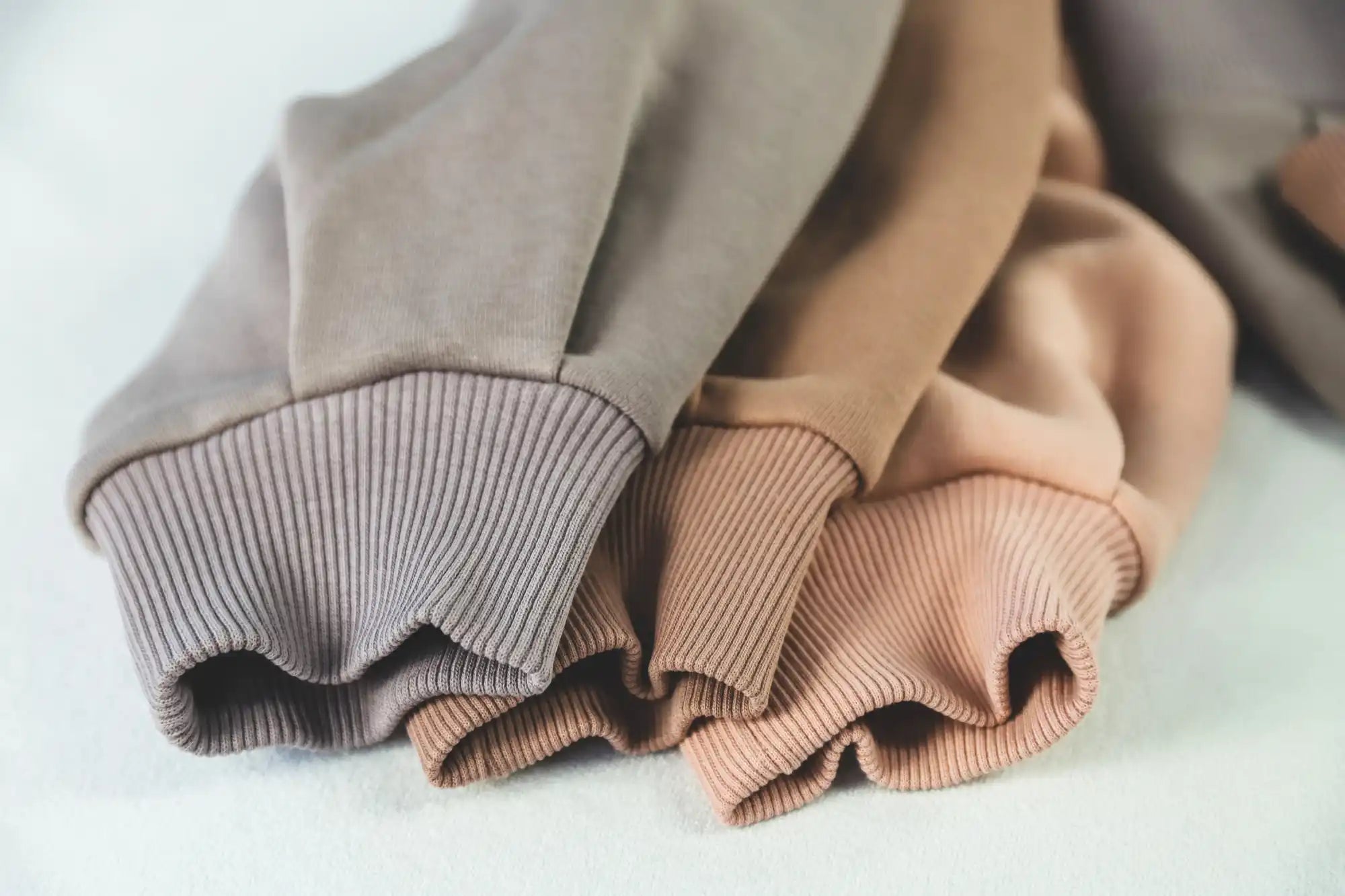
Materials & Fabrics for Clothing Production
Explore cotton, French terry, jersey, fleece, and sustainable blends used in premium apparel manufacturing.
Explore Premium Apparel Fabrics Guide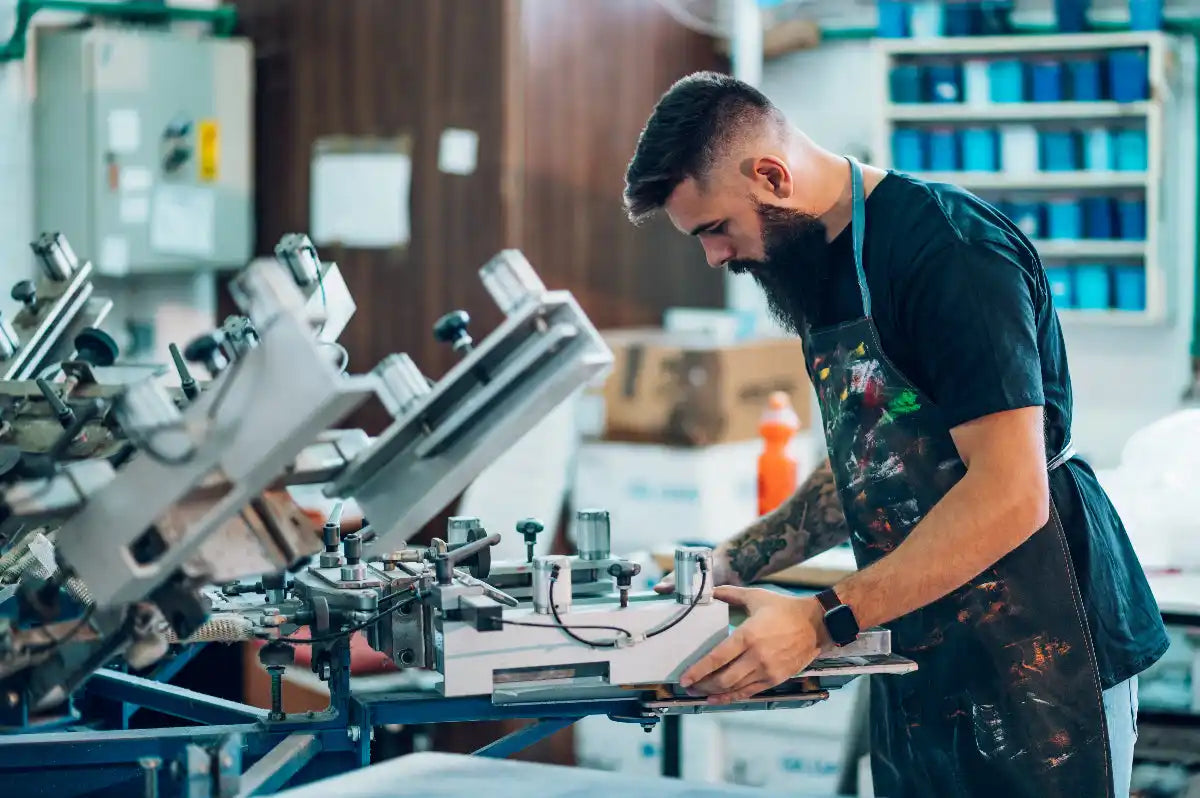
Printing Techniques for Apparel Production
Screen printing, embroidery, puff prints, and digital methods for custom clothing manufacturing.
Explore Custom Apparel Printing Techniques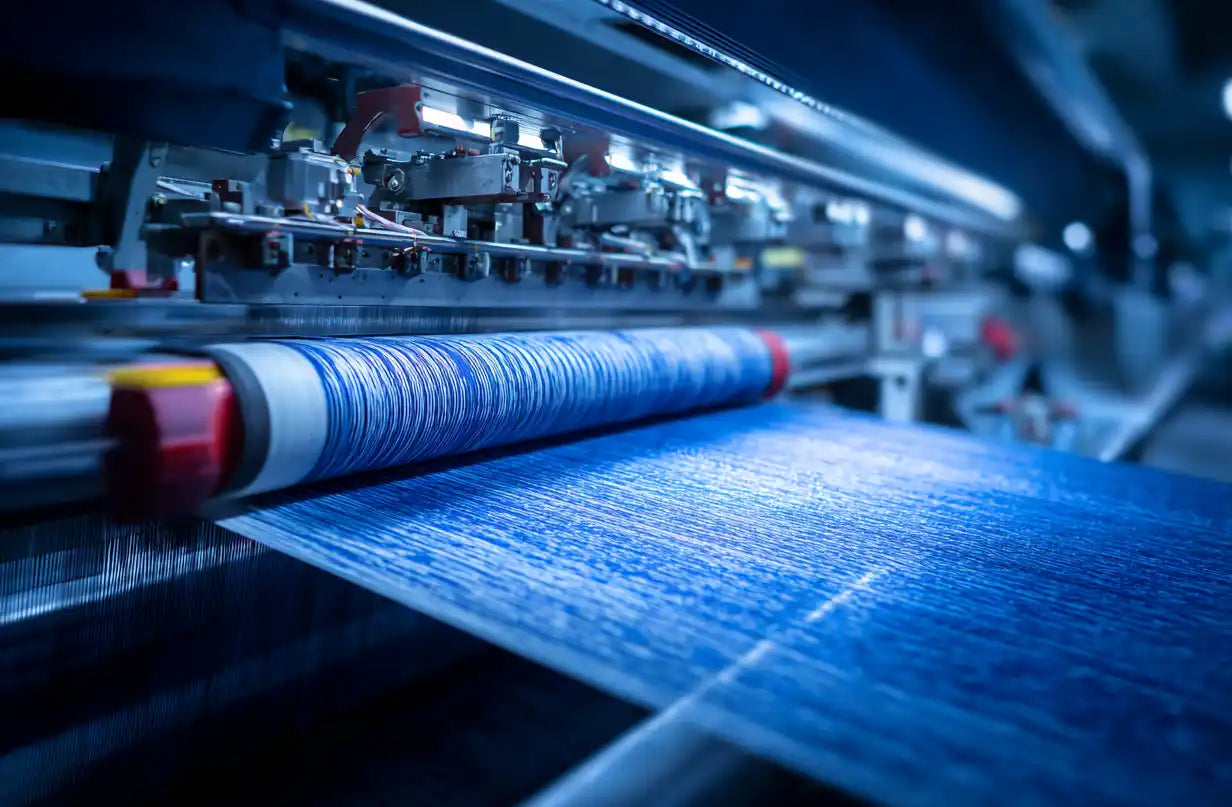
Dyeing Techniques in Clothing Manufacturing
Garment dye, pigment, acid wash, and stone wash finishes that create unique apparel designs.
Compare Apparel Finishing Techniques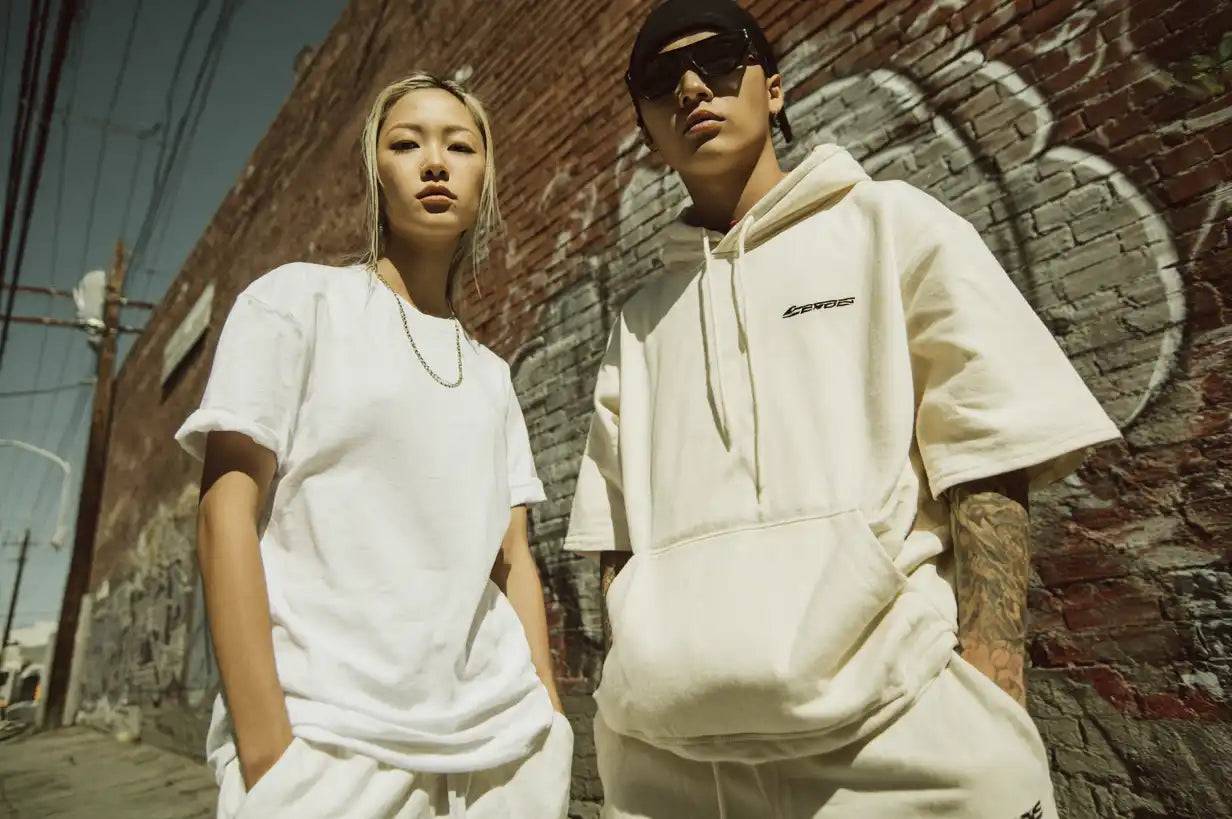
Popular Clothing Items for Custom Apparel
Hoodies, joggers, t-shirts, leggings, and biker shorts — essentials for every apparel collection.
Explore Popular Custom Clothing Items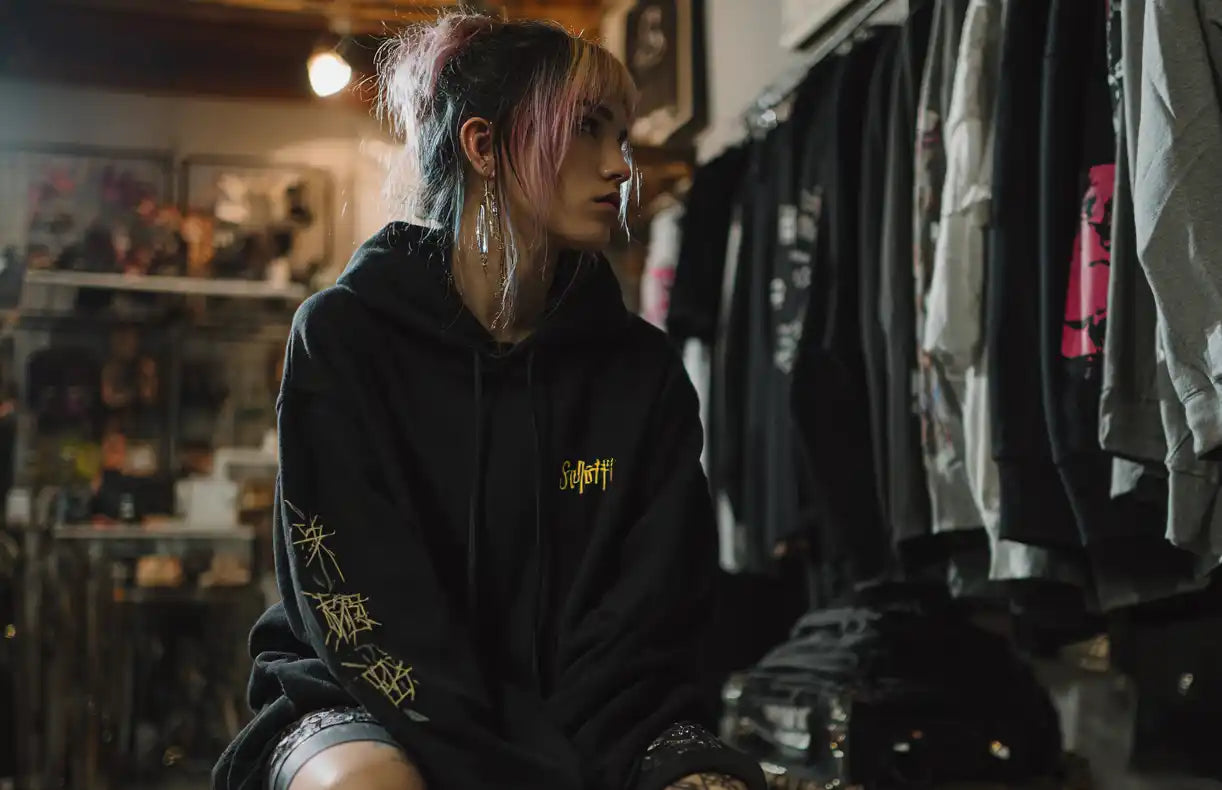
Trends & Designs in Modern Apparel
Oversized fits, streetwear influences, and activewear styles driving custom clothing production.
Explore Trends & Designs for Apparel Development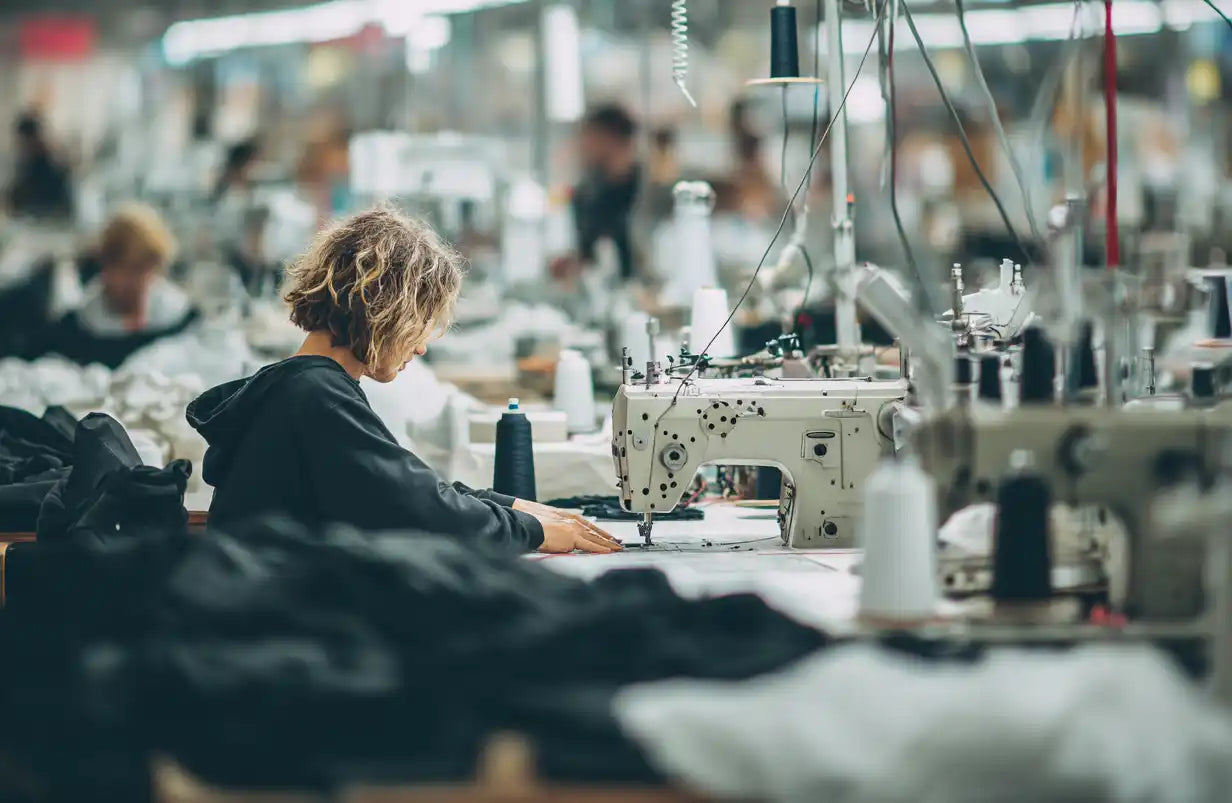
Sustainable & Ethical Clothing Production
OEKO-TEX® certified fabrics, organic cotton, and ethical apparel manufacturing in Portugal.
Understand Sustainable & Ethical Clothing Production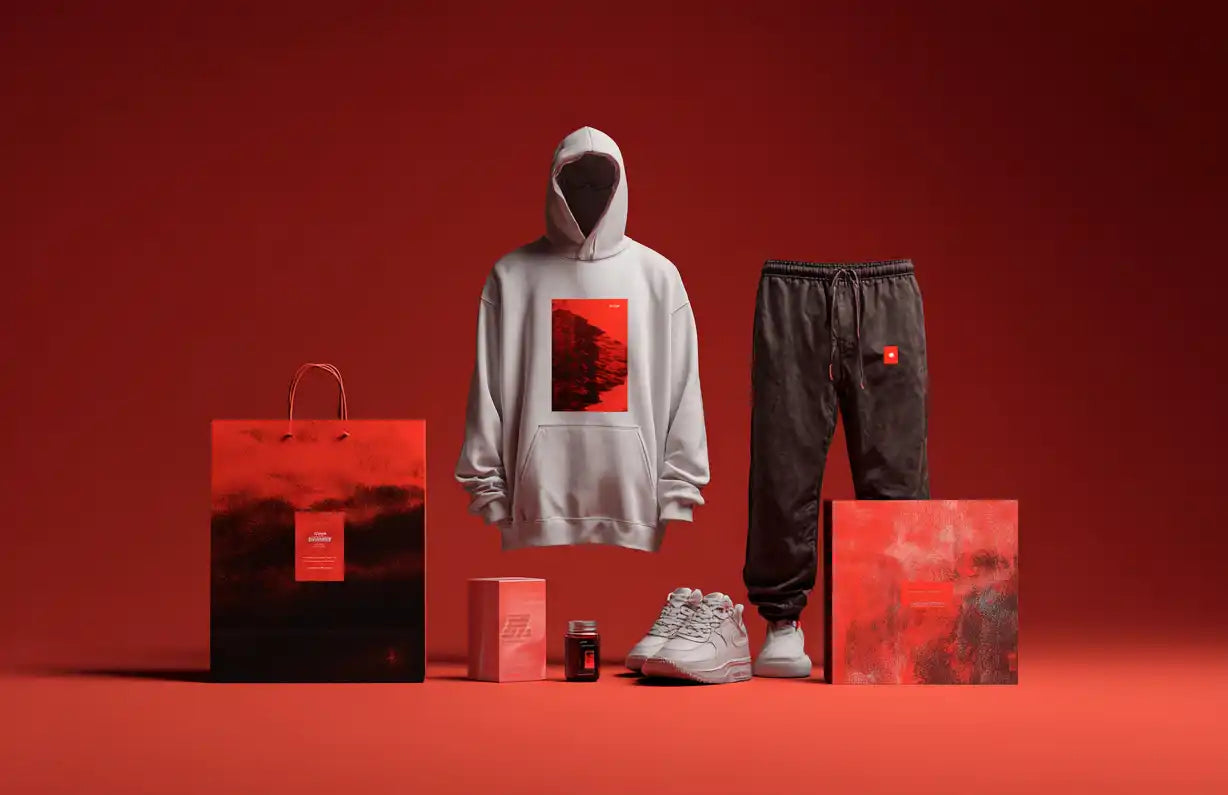
Essentials for Custom Clothing Production
Custom labels, packaging, and trims that elevate your apparel brand in production.
Explore Essentials for Custom Clothing Production
Resources for Custom Clothing Production
Startup guides, logistics support, and scaling strategies for apparel brands and wholesale clients.
Explore Resources for Custom Clothing Production
Clothing Manufacturing Glossary
Explore a complete glossary of clothing and garment manufacturing terms
The Complete Clothing Manufacturing Glossary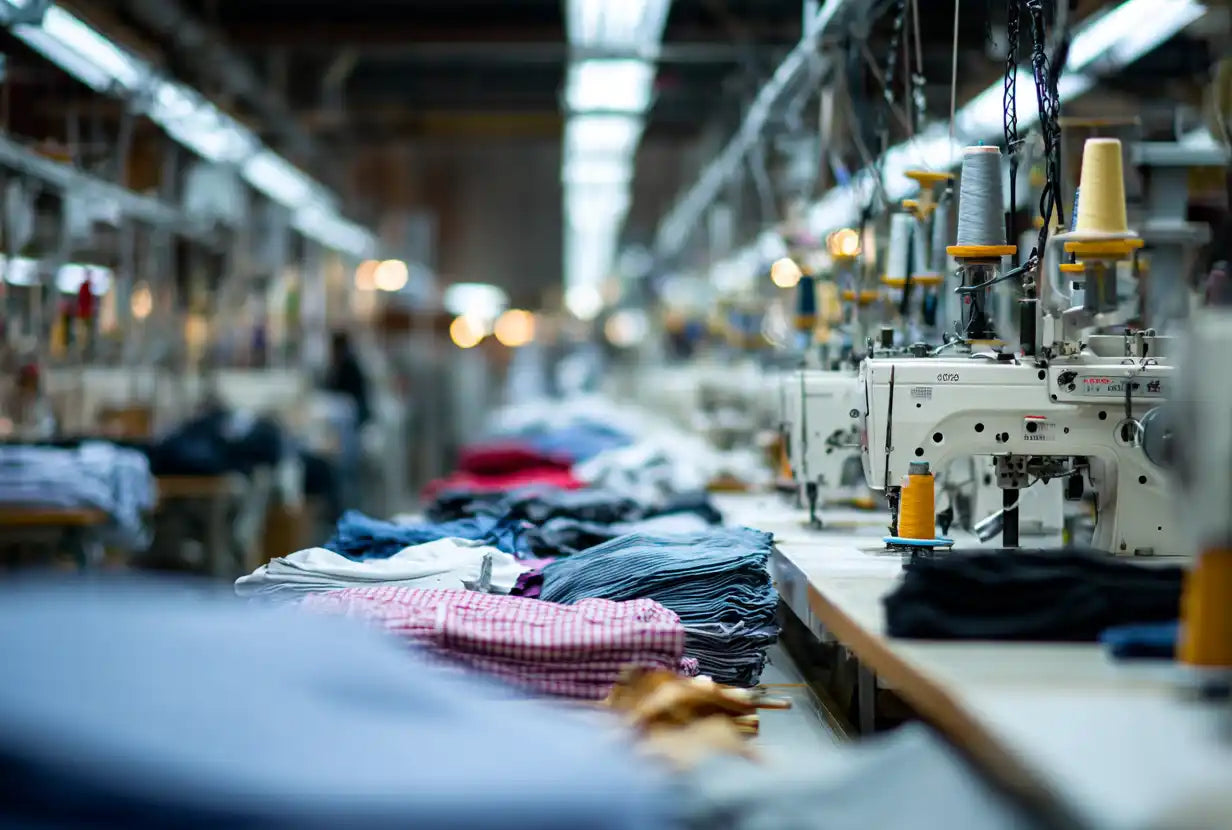
The Best Clothing Manufacturers
Explore global clothing manufacturers by country
Explore The Best Clothing Manufacturers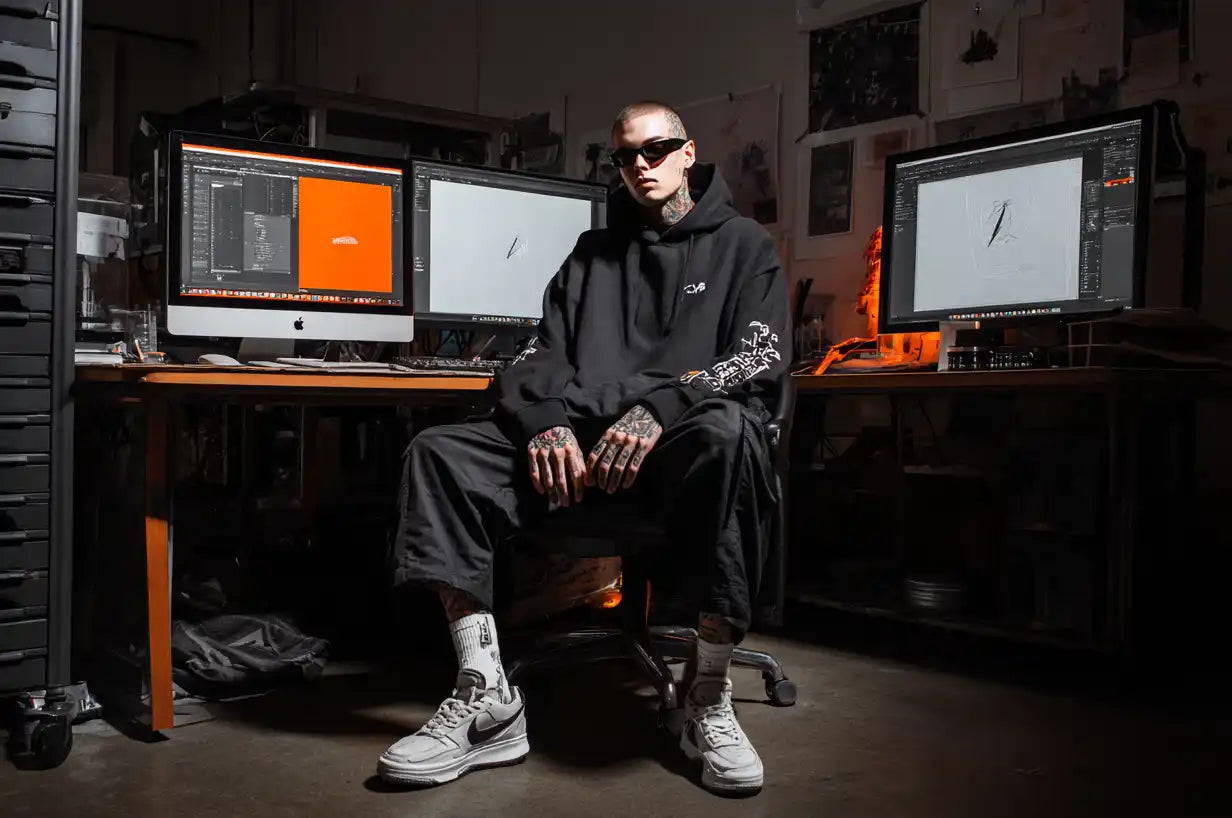
The Latest Clothing Industry Updates in 2025
Discover the latest news about important topics in the clothing industry in 2025,
Stay On Top Of Clothing Industry Updates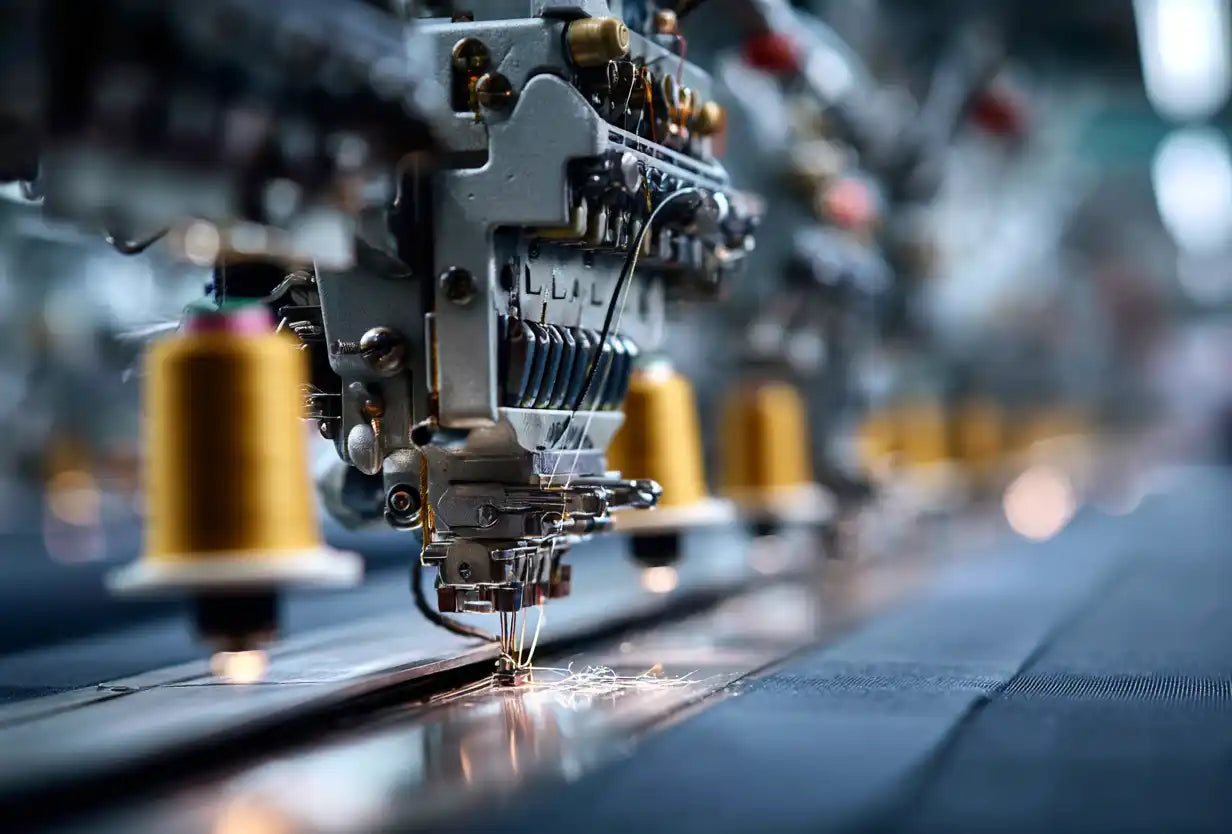
Worldwide Best Manufacturers of Clothes in 2026
Top clothing manufacturers worldwide organized by product type
Find The Worldwide Best Manufacturers of Clothes